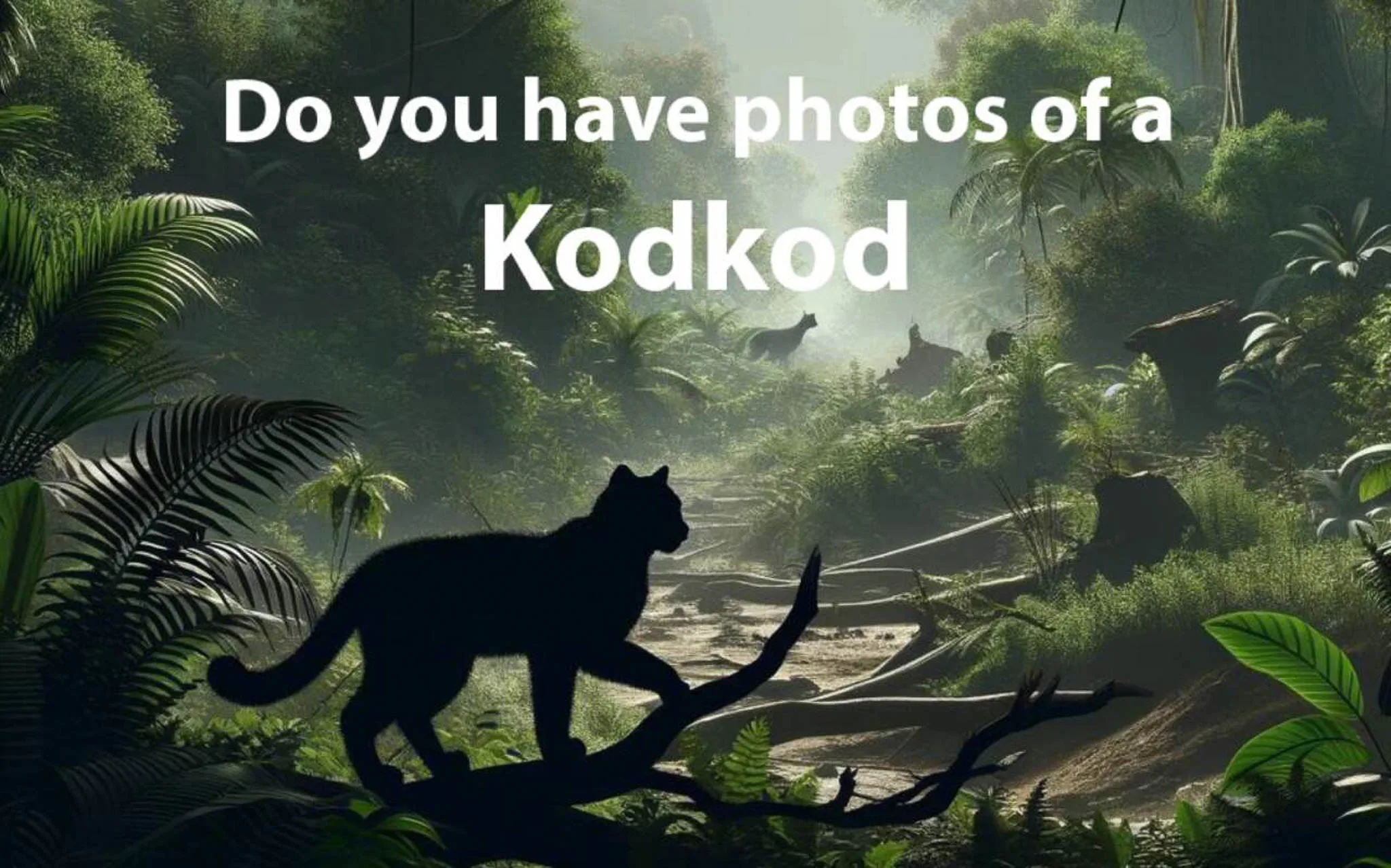Leopardus guigna
Physical description of Kodkods
The smallest of the American cats, the kodkod, only weighs a little more than 2 kg and barely reaches half a meter in length. The tail, like a lot of cats, adds about half the body length again. They are pretty good climbers with big feet and relatively long claws.
The coloring is brown, varying from a more rusty color to a dull, unsaturated grey version. They have dark spots all over, though somewhat less on the lighter-colored underside. The spots sometimes blend together to make an all-black, melanistic fur. The spots on the tail are so close that they look like rings. The tail is also significantly thicker than most cats. Possibly for balance while climbing.
Distribution and habitat of Kodkods
The Kodkod, or Guiña, is a native of Chile and also known as the Chilean cat. It has a few names and is sometimes spelt Kod Kod as well. It lives mostly in the south of the country but is also found just across the border in Argentina.
Being a forest cat, the kodkod lives in the temperate rainforests of the coastal Andes along the fjords of Chile. It is also found in the drier inland and upland coniferous forests as well as in secondary forest areas. More rarely, it can be spotted in regions taken over by agriculture.
Kodkod behaviour
The cat’s behavior has been recorded as both nocturnal and diurnal. It is possible that the cat is happy to be active during the day and is only nocturnal due to difficulties surviving in human-impacted habitat. This is known in other species, such as some populations of red deer in Europe.
What do Kodkods eat?
Like the similar but slightly larger Geoffroy’s cat, the kodkod is a fan of small rodents.
Conservation status and human impact on Kodkods
In the more populated areas of Chile, the population is declining. The kodkod is classified as vulnerable due to habitat loss and deforestation. In some places, hunting still occurs, and dogs are also a threat. Like a lot of cats, the kodkod is somewhat adaptable. The hunting skills transfer between habitats reasonably well. Fragmentation of habitat is still definitely detrimental.










